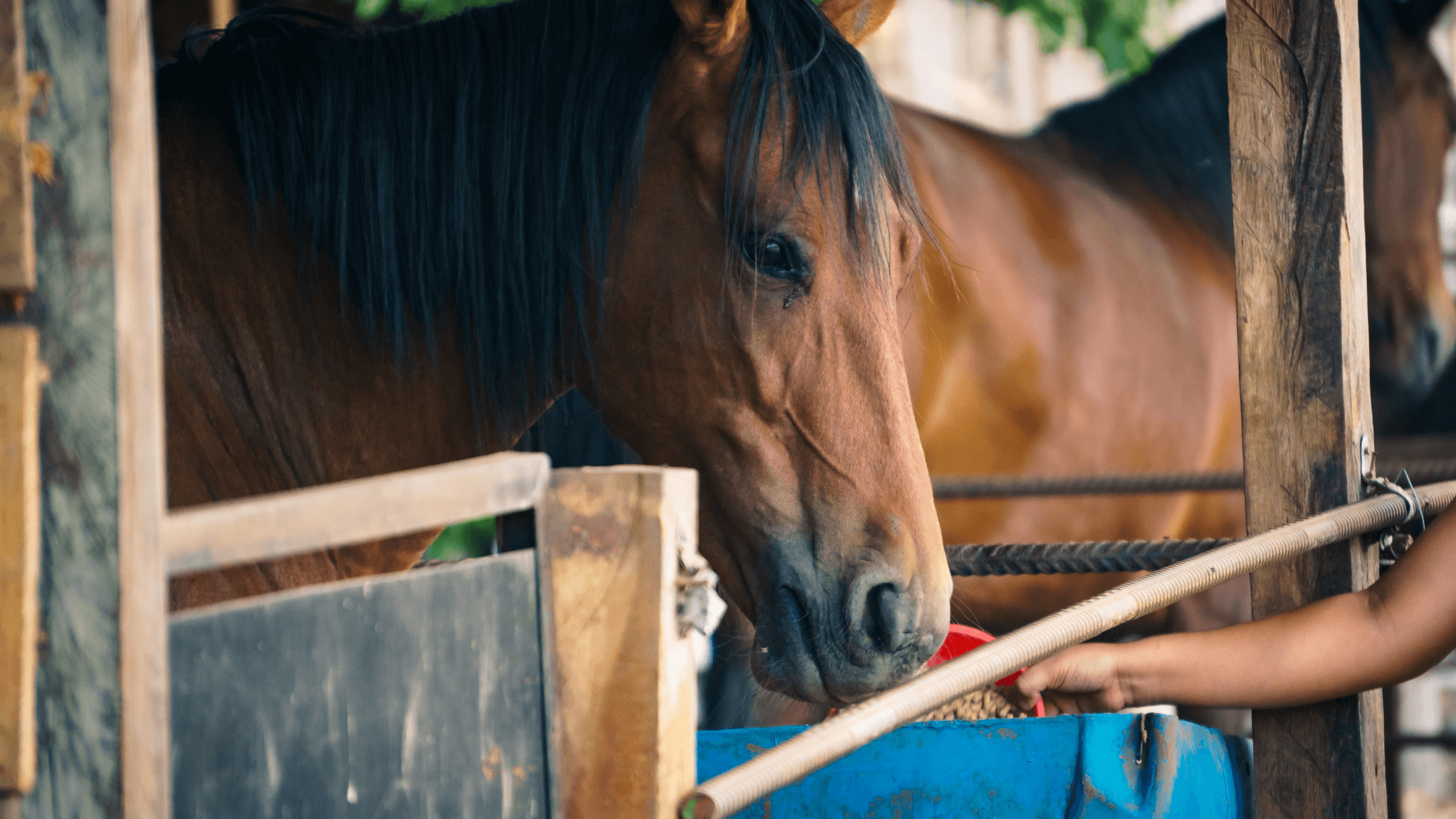
Navigating The Equine Joint Supplement Minefield
I want an equine joint supplement, but how do I know which one to choose? Here is our guide on how to navigate the equine joint supplement minefield.
This is a common question from horse owners, but when choosing a joint supplement for your horse there are many factors that come into play.
Ask yourself why you need a joint supplement.
a) Is your horse coming out of its stable stiff?
b) Is your horse getting on in life and you feel that now is the time to give them the help with mobility that they need?
c) Is your horse in strenuous training, or competing at a high level, and therefore you want to give them the best joint protection while they’re in work?
d) Or do you just want to make sure that you give your horse joint protection because you feel that it’s the best thing for them?
Once you know why you need a joint supplement you will then be able to determine what ingredients you need in the product and at what levels. Therefore now is the time to do your research either via the internet or by calling up supplement companies and asking for their advice.
A guideline if you are looking for a good base in a joint formulation is to ensure that your horse receives 10g of glucosamine, 10g of MSM, and 4g of chondroitin on a daily basis.
Is the company accredited?
Another factor that needs to be a part of your decision-making is finding out if the supplement company is a part of the Universal Feed Assurance Scheme (UFAS) and the British Equestrian Trade Association (BETA) NOPS Code. This helps to ensure that you can trust them to give you clear and concise advice that will be the best that it can be for your horse, but also that the product is sourced and manufactured in a responsible manner.
These accreditations don’t just apply to horse owners who are competing and who don’t want to fall foul of their horse testing positive for ingredients on the FEI’s prohibited substance database. It also ensures that even if you don’t compete, your horse will be receiving a supplement that contains higher quality ingredients and is processed in a more responsible way than companies that are not accredited.
The holding of UFAS and BETA NOPS accreditation ensures that there is a quality management system in place to give full traceability of every step of the supplement’s journey, from the purchasing of each raw ingredient to the product landing on the customer’s doorstep. Holders of UFAS and BETA NOPS accreditations are also audited at least once a year and they can then be liable for spot checks, too, giving even greater peace of mind.
Don’t ignore the label
A supplement’s label (below) doesn’t necessarily catch the eye of horse owners, but a key part of ensuring that your supplement is the right choice for your horse is to study it to ensure that it shows all the required information. If it doesn’t, then it doesn’t comply with current animal feed legislation.
What should be on this label?
Product Size
Trading Standard requires all food and feed items to state a size on the packet so that the customer knows exactly what they are getting for their money.
Product Administration
As supplements aren’t licensed like pharmaceutical medicine, feeding rates can’t be labeled as a ‘dosage’, but it should clearly state how to administer the product to your horse, how much to give and frequency, such as daily, or twice daily, for example.
Composition
These will be the ingredients that are classified as feed materials and they will be stated in order of the highest inclusion rate. Joint ingredients in this category include glucosamine, methylsulfonylmethane, chondroitin sulphate, hyaluronic acid and many more.
Additives
These are ingredients that are classified as feed additives and they should be stated per kilogram with the sub category and register code if relevant, as well as the inclusion rate per kilogram. Joint ingredients found in this category include vitamin C, boswellia and curcumin.
Analytical constituents
These are the levels found when the product is tested in a lab and some may only be stated when over a certain threshold. Levels stated can be Crude Protein, Crude Fat, Crude Fibre, Crude Ash, Moisture, Sodium, Calcium and more.
Company and manufacturing information
Every product MUST have a batch number for traceability and expiry date. The manufacturer’s number must also be shown on the label allowing full traceability. Additionally, the selling company must state its name, address, and contact Information.
So what influences your final decision?
That is ultimately up to you, the customer. But do you go by the simple fact of, yes, this product ticks all the boxes; it contains the ingredients I want; it contains the ingredients AND the levels that I feel that my horse needs? Also, the company holds the correct accreditations which ensure that you are giving your horse a good quality supplement.
But does it go deeper than that? You spoke to the supplement company and they gave you a feeling of trust when they described their product and advised you. Or perhaps someone from your yard is using the same product and you trust them to make the right choice.
All in all, There are so many factors to consider. But the main advice is to be informed and trust the process.
For more information on equine supplements feel free to contact us for impartial advice.


